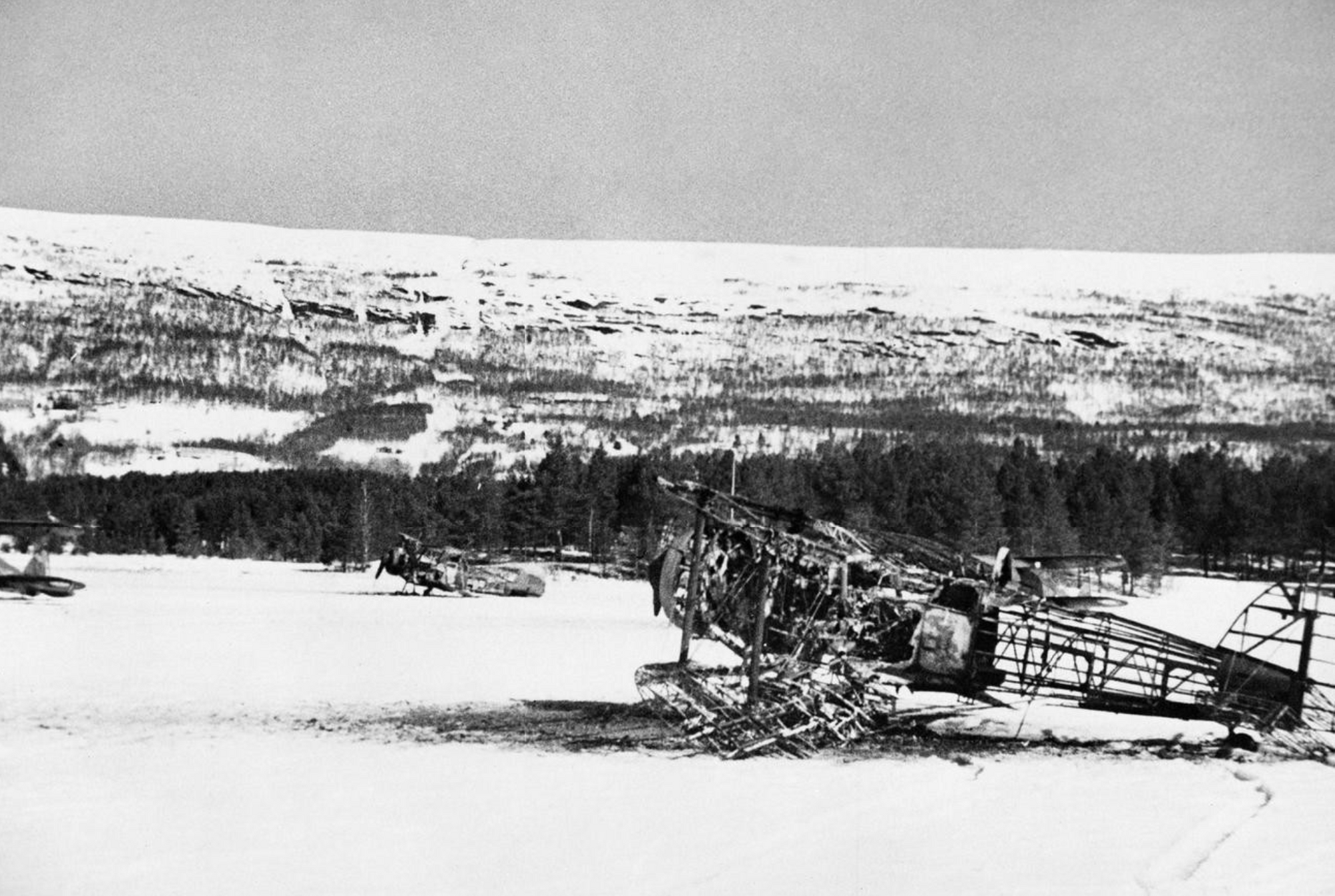The failure of the Allied campaign in Norway in 1940 is often attributed to two main causes: the intelligence blunder which allowed the Germans complete strategic surprise in their coup de main invasion of 9 April and the effect of German command of the air, which came to the Allies as what would now be called a revolution in military affairs. But these reasons mask a factor which greatly contributed to the failure and which, by itself, might have resulted in the Allied defeat: disorder and confusion in the conduct of strategy; in a phrase, strategic muddle.
So why was there this strategic muddle? What caused it, what was its impact? And what does analysis of it tell us about the challenges to the conduct of good strategy today? This article sets out to answer these questions. It focuses on British strategy and strategy-making, and draws on my book Anatomy of a Campaign. The British Fiasco in Norway 1940,[i] published in 2017, and my paper 'The Political-Military Dynamic in the Conduct of Strategy' published in The Journal of Strategic Studies[ii] in 2019. The article assumes that the reader has at least a basic knowledge of the 1940 Norwegian campaign.
Reasons for the Strategic Muddle
There were several reasons why British strategy for the campaign in Norway fell some way short of perfection. First, at the outset of the war there was in Britain the absence of a clearly laid-down national (or 'grand') strategy – a formal overall approach to, and plan for, the conduct of the war. There were, instead, a number of individual principles commonly agreed, to a greater or lesser degree, by government ministers. Among the most prominent of these principles was the need to preserve the alliance with France and attract more allies, notably the United States, but also smaller ones, such as the Scandinavian countries. For example, on the day after war was declared the British government agreed that a German attack on Norway would be treated as an attack on Britain itself. A further principle or assumption was the need to safeguard the British Empire and to maintain cohesion, in particular with the Dominion governments. In addition, a principle almost taken for granted was the desire to avoid the bloody attrition of the Western Front in the previous war. As historian Michael Howard later pointed out, '“[n]ever again” was not just an epitaph; it had become a guiding principle of strategy'.[iii] There was what was known as 'the long war strategy'. Having started the war with relatively weak armed forces, it was held that the Allies' stronger economies could out-perform Germany's and thereby improve their military strength and readiness faster than Germany could: 'Time, it was said, was emphatically on our side'.[iv]
There were a number of additional assumptions and individual policy objectives. But no formal document was produced bringing all these principles, assumptions and objectives together as a single agreed and endorsed strategy, and there was therefore no framework or mechanism for the establishment of priorities. It was not until 8 February 1940 that the Chiefs of Staff commissioned such a paper. Entitled 'The Major Strategy of the War',[v] it was prompted by a much-delayed paper[vi] written by the Chief of the Imperial General Staff (the head of the Army), General Sir Edmund Ironside; but the paper commissioned by the Chiefs of Staff was not completed before the Norway campaign.[vii] A member of the War Cabinet, Lord Hankey, clearly frustrated with this lack of a formal strategy, produced his own paper, ´Grand Strategy of the Allies'.[viii] This was tabled at the War Cabinet meeting on 27 March but was not even discussed.[ix] There was a deep irony in the fact; it was if the War Cabinet were saying, 'We don’t have time to discuss strategy; we've got to make decisions'.
At the grand-strategic level there was also the Anglo-French Allied Supreme War Council. The council met sixteen times between September 1939 and June 1940 but never agreed a formal alliance strategy. Indeed, it never sought to, nor even discussed the subject. In practice, the Council only discussed subjects that both sides could agree on, the success of the meetings seemingly judged by whether they were held in a cordial atmosphere, rather than whether the right subjects were addressed and the right decisions made; discussing a strategy risked argument and disagreement. It was, of course, a risk that should have been taken.
At the military-strategic level, too, was the absence of a coherent, over-arching strategy[x] both in the Chiefs of Staff Committee and in the Military Coordination Committee, which sat in the hierarchy between the Chiefs of Staff and the War Cabinet. Again, there were in these committees a number of commonly agreed principles and assumptions, for example, command of the seas by the Royal Navy, the deployment of a British Expeditionary Force to France, and the build-up and modernisation of the Royal Air Force. But without an over-arching grand strategy there was no context for a formal military strategy, and none was produced before or during the campaign in Norway.
In the absence of an operational (or theatre) level of command, planning for the Norwegian campaign took place either at the military strategic level, in the three separate armed forces ministries, with some wholly inadequate coordination from a tiny and overworked joint staff; or at the tactical level, 200 miles away in York, in the small headquarters of the divisional commander assigned to command the land forces. Thus, a number of separate operations were planned, but there was no campaign strategy linking and sequencing them and thinking ahead – as was to develop in Germany.[xi]
Not only was there an absence of strategies at each level, there were also deep flaws in consideration of strategy as a process. At the heart of this was an assumption both by ministers and by their senior military advisers that strategy as a process was simply the implementation of policy in a linear progression: policy, strategy, plans. They did not recognise that the essence of strategy is the balancing of the ends to be achieved with the ways and means available, and the assessment and mitigation of risk. To compound the error, the Chiefs of Staff had an over-literal interpretation of the principle of civilian primacy and did not see it as their place to enter into a discourse on the subject with ministers, let alone engage in robust debate. This was unfortunate, particularly in view of Thomas E. Ricks' shrewd observation that '[one] of the few predictors of how well a war will go is the quality of discourse between the civilian and military leaders'.[xii]
One result of this absence of strategy was that without the context of an over-arching strategy, strategic-level discussion was not framed by strategy. And decisions, for example in the lead-up to the Norway campaign, though informed by strategic considerations, were not guided by a strategy, but driven by events, by public opinion, by political manoeuvring, by the ´something must be done` syndrome, by eye-catching tactical proposals, or merely by the loudest voice in the room. And when it came to deployment and fighting, in the absence of strategy, tactics – as they have a habit of doing – developed a logic of their own.
The degree of strategic muddle was compounded by a number of other factors, many of which were not unique to Britain in 1940 and which have resonance today. They can be placed into three categories. The first of these is organisational. Foremost among these organisational factors was the ponderous decision-making structure and process in the higher direction of the war. This involved a hierarchy of four committees: at the top, the Allied Supreme War Council, then the War Cabinet, below which were the Military Coordination Committee and the Chiefs of Staff Committee. Although this looked logical in theory, it was, in practice, over-bureaucratic and time-consuming, even in peacetime, occupying far too much of ministers' and senior officers' time.[xiii] But in crisis-management and war the structure and process became positively counter-productive, proving itself insufficiently responsive to fast-moving events. Winston Churchill, until 10 May First Lord of the Admiralty (minister for the Royal Navy), recognised this, certainly in retrospect. He later wrote, 'One can hardly find a more perfect example of the impotence and fatuity of waging war by committee, or rather by groups of committees'.[xiv]
A further factor was that military planning was largely stove-piped into the three Service ministries. In theory, joint planning took place in the Joint Planning Sub Committee which reported to the Chiefs of Staff, but this consisted of only two officers from each Service (brigadier and colonel equivalents) who were only part-time joint planners, their primary role being as the directors and assistant directors of plans in their own single-Service ministries, and whose joint-planning role was actually writing 'appreciations' for the Chiefs of Staff. Reporting to the Joint Planners was the Inter-Service Planning Staff, but this grand-sounding title belied the fact that it consisted of only three relatively junior officers, one from each Service plans branches, together with an official from the Ministry of Shipping. Their main task was low level coordination. Thus, the first forum for the joint consideration of plans and operations was often either the Chiefs of Staff or, on occasions, the Military Coordinating Committee. This was compounded by the lack of a joint force headquarters or of a theatre level of command. When the campaign commenced, this resulted in the Chiefs of Staff, themselves, often directing individual operations. Such activity was at much too high a level, with the Chiefs of Staff and the Military Coordination Committee, out of touch with the reality at the tactical level, making changes of plan at far too short notice, their decisions frequently overtaken by events. The absence of a theatre level of command was further exposed when the German invasion on the Western Front on 10 May presented the already hard-pressed staffs in the Service ministries with the challenges of a second and much more threatening theatre of operations.
The second category of factors compounding strategic muddle concerned personalities and personal relationships. The War Cabinet comprised only nine ministers, but perhaps like any similar group, there were rivalries and divisions within it. Winston Churchill was certainly the most divisive figure, but there were other members who were also eyeing-up their chances of seizing the top job, should Chamberlain falter. Chamberlain, himself, had been a competent and effective peacetime Prime Minister, but he was, by his own admission, unsuited to leadership in wartime.[xv] For him appeasement was not just a policy, but a leadership style. His instinct was always to avoid confrontation, argument or unpleasantness, and to seek consensus, seemingly at almost any price. His relationship with Churchill was always uneasy, exacerbated by Churchill's in many ways admirable desire to take the fight to the enemy at the earliest opportunity, and his huge frustration with those who did not share this desire. With his emotional, bombastic style of argument, Churchill came to dominate War Cabinet meetings and, even more so, the Military Coordination Committee, of which he became chairman at the end of March 1940; but his extraordinary powers of advocacy were not matched, during the Norwegian campaign, by the soundness of his judgment. The other members of the War Cabinet had, like Chamberlain, a limited understanding of strategy and military affairs, and they deferred too easily to Churchill's apparent expertise and powers of persuasion, or to Chamberlain's desire for consensus and compromise. Moreover, they seemed reluctant to cross-examine the Chiefs of Staff on strategic matters, more at ease talking tactics, caricatured by an observer as 'playing with tin soldiers on a map'.[xvi]
On the Chiefs of Staff Committee, too, personal relationships were far from smooth. The Chiefs were badly divided by inter-Service rivalry. Although this did not permeate to the tactical level, tension remained at the top of each Service, not least because they were not united in support of the campaign. The senior commanders of the Royal Air Force were never more than lukewarm in their enthusiasm for it. Their aircraft, based in Scotland, were operating at maximum range, without proper maps, with no communication to the ground troops and in a very hostile air environment. Unsurprisingly the success rate was low and the cost high. Furthermore, those senior commanders were reluctant to deploy aircraft to bases in Norway, believing – rightly, as it turned out – that it was more important to preserve their fighting strength for more critical battles nearer to home.[xvii] There was also friction between the Chiefs, all three of whom had serious limitations as holders of their appointments, and their immediate subordinate advisers, the Joint Planning Staff, all of whom were outstanding officers, but whose consistently good advice the Chiefs often ignored or summarily dismissed.[xviii]
The third category of factors which compounded the strategic muddle was cultural. There were several facets of this. For a start, the British government found it difficult to shake off its peacetime mentality. Throughout the planning phase for the Norwegian campaign Government ministries worked peacetime hours and closed for weekends, with ministers (with the notable exception of Churchill) weekending at their country houses. Government business was transacted at a peacetime pace. There was also a significant under-estimation by the Chiefs of Staff, particularly by General Ironside, but also by some ministers, of the capability of the German military – all the more surprising because it was contrary to the advice of the intelligence staffs. There is more than a whiff of arrogance and complacency about this. In addition, there was, both amongst ministers and their senior military advisers, very limited knowledge of Norway and the Norwegians, and there seemed to be little recognition that this ignorance mattered. Alongside this was an underestimation of the Norwegian military capability, which was to continue when troops deployed to Norway, some senior commanders adopting what can only be described as a patronising attitude to their Norwegian counterparts. Furthermore, there was also a culture, particularly amongst ministers, Churchill especially, of a gross underestimation of Clausewitzian friction – 'the only concept that more or less corresponds to the factors that distinguish real war from war on paper'.[xix] Ministers had come to regard the two as much the same thing. Their senior military advisers should have prevented this. Perhaps underlying it was the culture of wishful thinking – unjustified optimism – which developed, initially amongst ministers, during the planning phase, and which was to continue during the deployment.[xx] This culture denigrated those who emphasised risk as pessimists and defeatists. And it was infectious. In such a culture it took moral courage to talk about risk, sometimes more moral courage than the Chiefs of Staff appeared to possess. Lastly, there was a culture of improvisation, something to which the British military has, at times in its history, been fatally attracted. From the earliest stage of the planning for the Norwegian campaign, the British military tended to rely unduly on ad hoc solutions. A reverence for flexibility, adaptability and empiricism had crossed the line into undue faith in improvisation: 'playing it off the cuff' or 'muddling through'. Improvisation had become, not a part of, but a substitute for, strategy, sound planning and doctrine. At root, this was a culture of amateurism.
In summary, there were a large number and complex mix of factors which compounded to detract from the effective conduct of strategy.
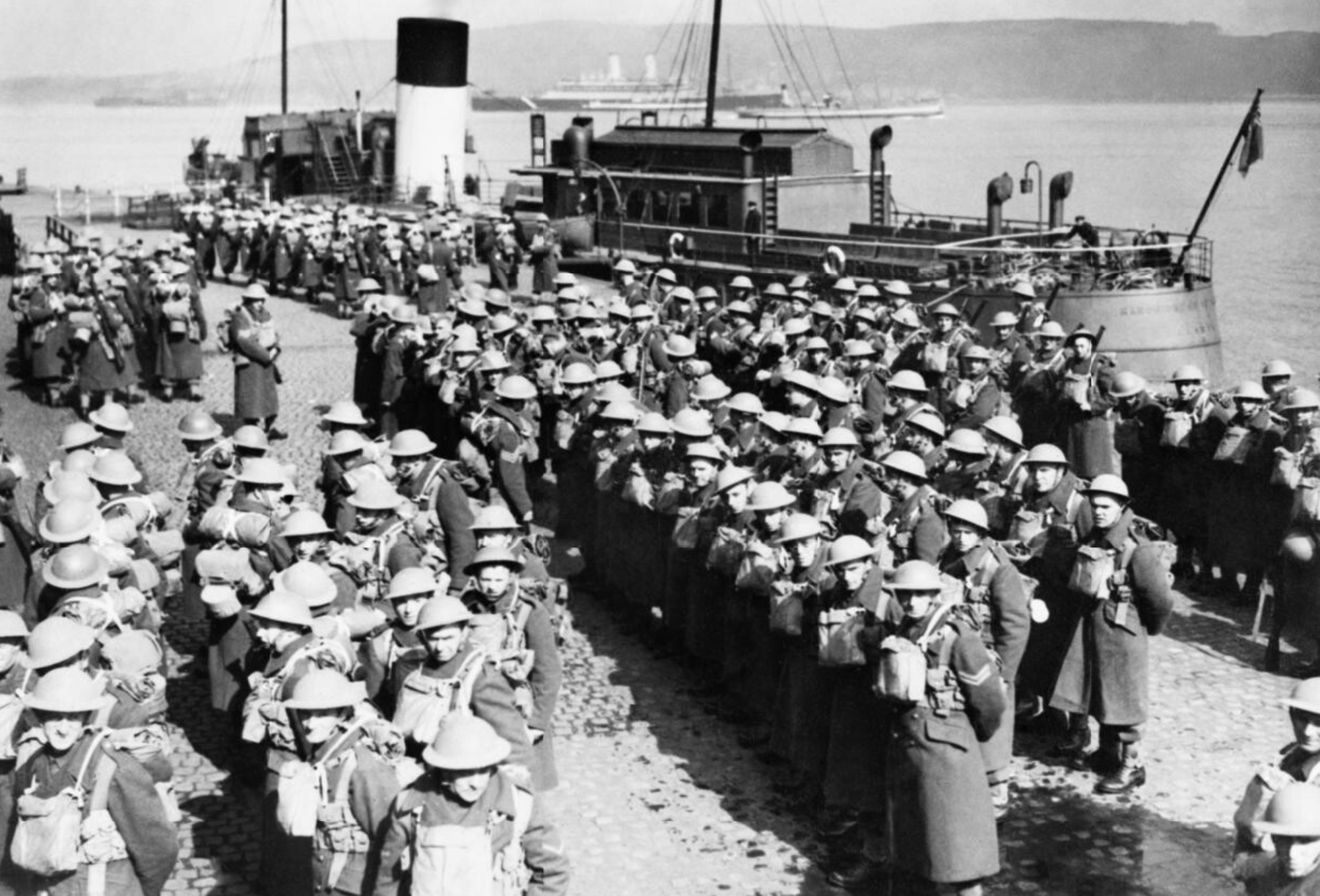
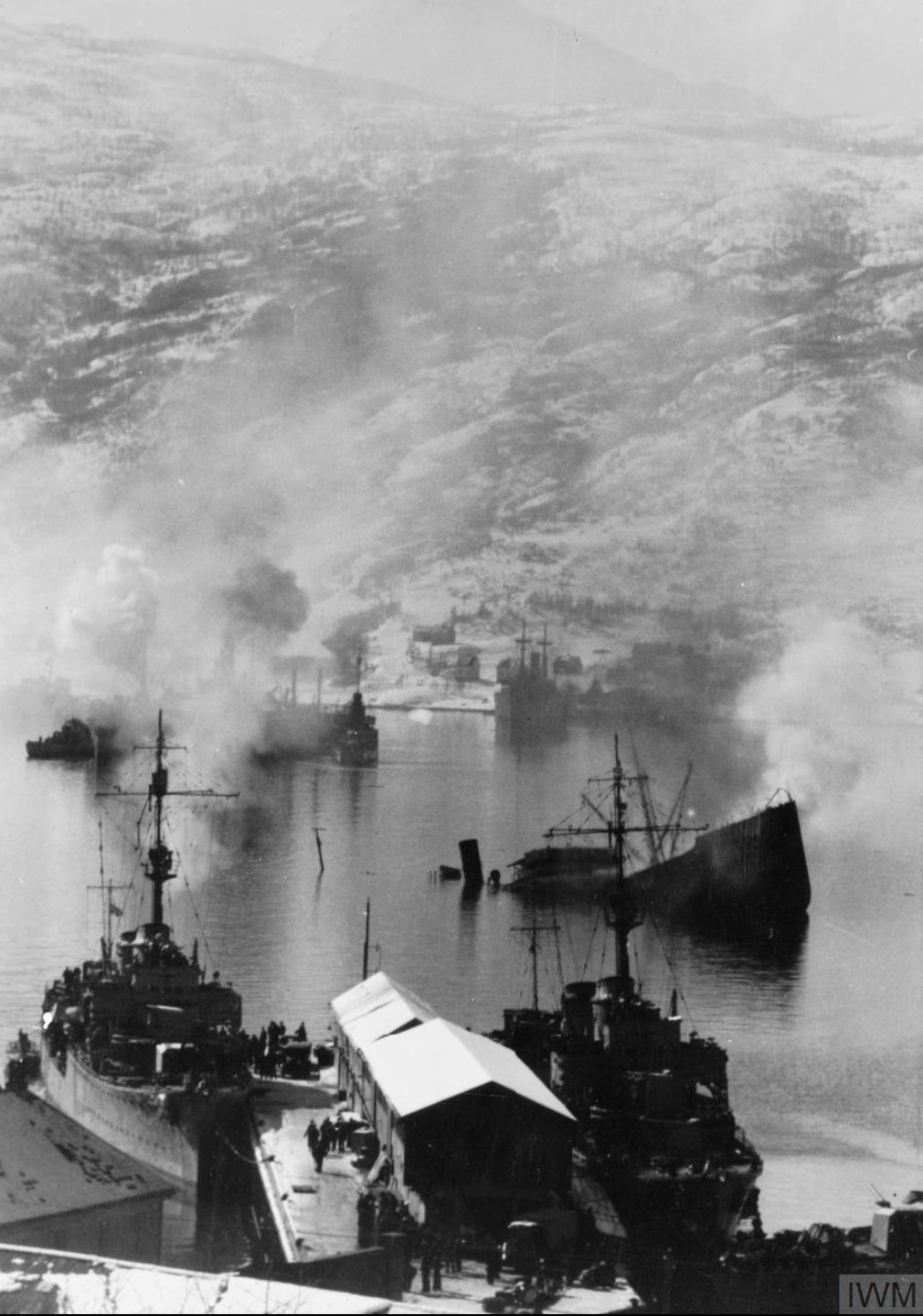
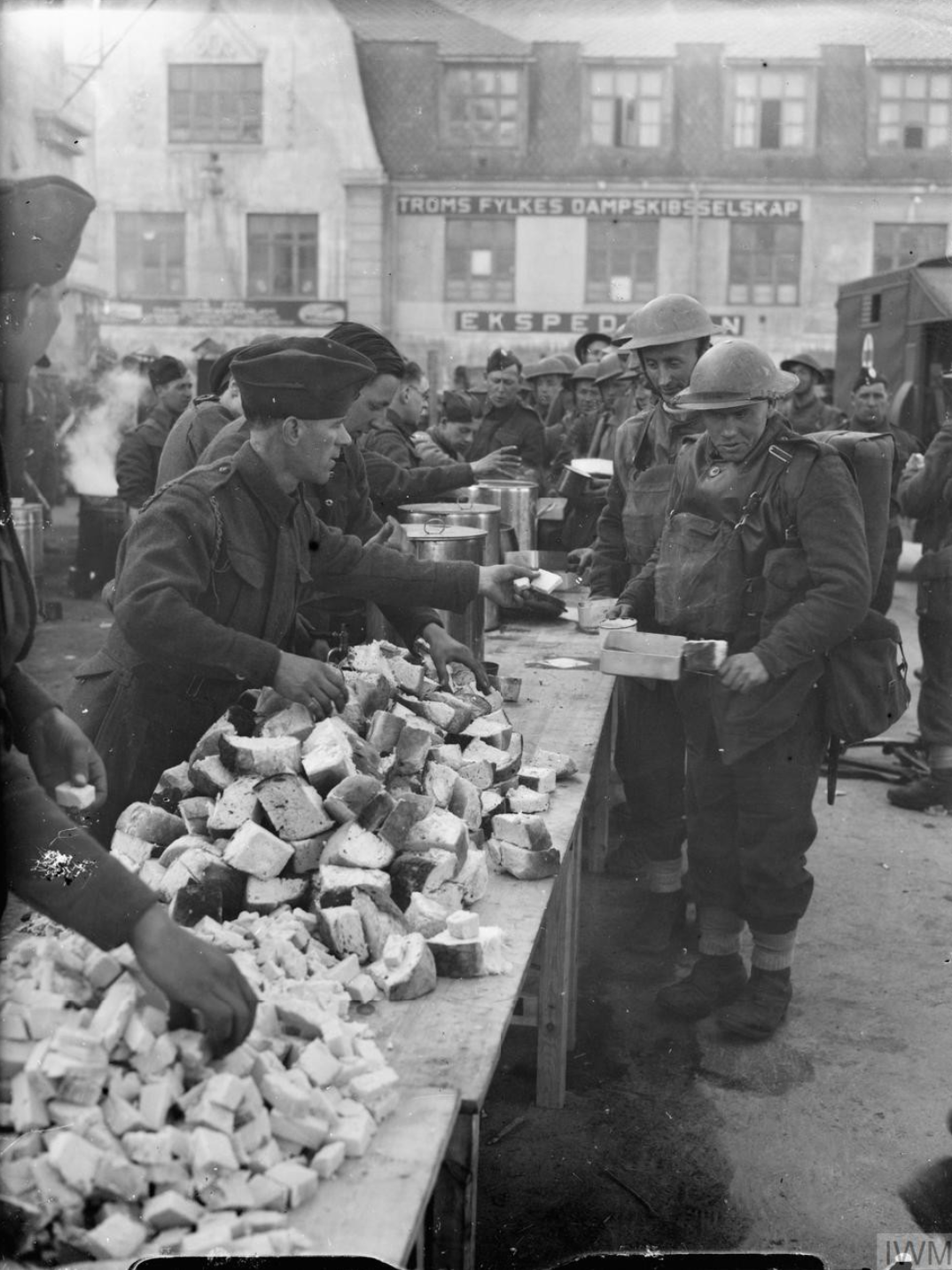
The Impact of Strategic Muddle
Within this context it is easier to see why certain decisions relating to the planning and conduct of the campaign were – or were not – made, and why certain unfortunate events took the turn that they did. It is not the contention here that strategic muddle was the sole cause of these events, only that it was a major contributor. What follows are examples.
A significant point in campaign planning occurred on 12 March with the Finnish surrender to the Soviet Union. Following the surrender there was, in Britain, no formal re-appraisal of strategy – there was no formal strategy to re-appraise. The British forces, already embarked for Narvik, were disembarked and dispersed, and the specially raised units, such as a ski battalion, disbanded. It was not made clear whether the expedition might at some future stage be required. Contradictory assumptions were made. For example, the War Office ordered all written plans to be destroyed, and even disbanded its own Scandinavian planning branch. Yet just a fortnight later, at its meeting of 27 March, the War Cabinet, under pressure, particularly from the French, to act, suddenly ordered the plans to be resurrected, and the force to be deployed little over a week later. The Chiefs of Staff, who were present at the meeting, knew, but failed to point out, that this was just not feasible – the ways and means no longer existed. It would take weeks or months to make ready an effective force; to proceed as suggested would carry enormous risk. Any ministers who might have shared their doubts either chose to keep quiet or put it from their minds.
When word reached London on 9 April that the Germans had invaded Norway and Denmark, there was consternation and confusion among political decision-makers and their military advisers. A major intelligence blunder by the British and their French allies had allowed the Germans complete strategic surprise. Decision making was haphazard. Churchill, who now chaired the important Military Coordination Committee, argued forcefully at the War Cabinet that the top priority remained the deployment of a force to Narvik – a place with which he had become obsessed. ('My pet … my first love' he later called it).[xxi] However, the Joint Planning Staff advised the Chiefs of Staff that with the changed situation the force should be deployed not to Narvik, but to Trondheim and Bergen in central Norway, to assist the Norwegian forces. But at a subsequent War Cabinet meeting later that day, where Churchill announced that orders were being given to deploy the force to Narvik, the Chiefs did not demur. It was to be a costly error. Discussion focused on tactics and what to do next. One senior officer on the Narvik expedition caricatured the campaign strategy as 'Let's attack here. Let's go there. And if anyone else has a good idea, let's go there too!'.[xxii]
Eventually, four days later, the decision was changed and a force immediately despatched for a direct attack on Trondheim, including diverting one of the brigades heading for Narvik, though inadvertently without informing the commander of the Narvik force. Three days later, however, and again at very short notice, the direct attack was cancelled, substituted by immediate landings by two semi-trained reservist brigades, one to the north and one to the south of Trondheim, for a pincer attack on the city overland. But no proper planning had taken place for these operations, nor any realistic balancing of ends, ways and means. Moreover, German command of the air was largely ignored. Both operations were doomed to fail; the British forces were routed.
After the inevitable evacuation of the force from central Norway at the end of April, War Cabinet discussion focused not on strategy in the new circumstances, but on saving face, avoiding blame and handling the media.[xxiii] After Germany invaded France, Belgium and the Netherlands on 10 May, Churchill, who on that day had replaced Chamberlain as Prime Minister, did not order a reappraisal of strategy in the light of the changed situation nor give direction about the relative priorities of the two campaigns. The campaign in Norway had developed a momentum all of its own.
British forces were then deployed from the United Kingdom and south from the Narvik area to counter a German link-up from Trondheim to Narvik. But there was no proper appraisal by ministers or their military advisers of whether there were sufficient ways and means to meet the desired ends, nor whether the purpose of the force was to prevent the Germans reaching Narvik or merely to delay them. The force was soon defeated and swiftly evacuated.
In summary, all of these vignettes illustrate shortcomings in the conduct of strategy. It could be argued that on each occasion the setback resulted more from bad judgment, failures at the tactical level, the friction of war or sheer bad luck, than from strategic shortcomings. But the evidence points towards bad strategy or a lack of strategy being the underlying reason, and that this was a systemic failure.
Conclusions
Five main conclusions relevant to operations today offer themselves from this brief study.
The first is that having a strategy at every level is obviously highly important. Less obvious, but equally important, is that to be effective, strategy must be flexible to events and circumstances; and it must be used to frame discussion and guide action. It will be of little value if it is merely a box-ticking exercise.
Secondly, it is all too easy for a strategy-making group to lose (or even fail to acquire) the habit of thinking strategically – for example, by developing a habit of thinking tactically; and that once lost, the habit of thinking strategically is hard to re-acquire, particularly when it is most needed – in times of crisis.
Thirdly, the effective conduct of strategy clearly depends on having the right organisational structures. But a hierarchy of committees and planning groups with grand-sounding titles are a dangerous illusion, unless those committees and planning groups are coherent and effective. In addition, it is important to bear in mind that such organisations are also organisms - living bodies -whose success requires the constructive interaction of human beings. Good strategy is highly dependent not only on the efficiency of the organisation but also on the effectiveness of the organism, which, in turn, is highly dependent on having the right culture.
Fourthly, an essential start point for practitioners, both military and civilian, is that rare thing: a common understanding of strategy – not least, the meaning of the word – and recognition that, in order to be effective, strategy as a process needs to be ongoing, dynamic and iterative, requiring relentless focus on balancing the ends to be achieved with the ways and means available, and on assessing and mitigating risk.
Finally, good strategy is elusive. Many factors conspire to make it so, particularly at the higher levels, particularly in a democracy, and particularly within a coalition or alliance. Indeed, in such circumstances it is far easier for badstrategy to result. Understanding and appreciating this is critical to prevent it from happening.
Foto: Burnt out Gloster Gladiators of No 263 Squadron, RAF on the frozen surface of Lake Lesjaskog after being destroyed by the Germans (Imperial War Museum)
[i] John Kiszely, Anatomy of a Campaign. The British Fiasco in Norway, 1940 (Cambridge, Cambridge University Press, 2017).
[ii] John Kiszely, ´The Political-Military Dynamic in the Conduct of Strategy` in The Journal of Strategic Studies, Volume 42, Issue 2 (Feb 2019), based on a lecture at the Royal Norwegian Airforce Strategy Conference, Trondheim, 27 June 2018.
[iii] Michael Howard, The Continental Commitment. The Dilemma of British Defence Policy in the Era of the World Wars (London, Maurice Temple Smith, 1972), 73-74.
[iv] War Cabinet Conclusions, 11 September 1939, The National Archives, CAB 65/3/4.
[v] Minutes of Chiefs of Staff Committee, 8 February 1940, The National Archives, CAB 79/3.
[vi] Edmund Ironside, ´The Major Strategy of the War`, COS(40)216)S), 24 January 1940, The National Archives, CAB 80/104.
[vii] Chiefs of Staff reference to a strategy in production by Joint Planning Staff, Minutes of Chiefs of Staff Committee, 18 March 1940, The National Archives, CAB 79/3 CAB 65/6/21. See also Macleod, Roderick and Kelly, Denis, (eds.), The Ironside Diaries 1937-1940, (London, Constable, 1962), 174-175, 190, 210 & 211-213.
[viii] Maurice Hankey, ´The Grand strategy of the Allies`, WP(40)103, 24 March 1940, The National Archives, CAB 66/6/33.
[ix] Minutes of Chiefs of Staff Committee, 27 March 1940, The National Archives, CAB 5/6/21.
[x] The application of military power to achieve national or alliance/coalition strategic objectives.
[xi] On 19 February 1940 Hitler appointed General der Infanterie Nikolaus von Falkenhorst and his Corps headquarters to plan and subsequently command the invasion of Norway. Kiszely, Anatomy of a Campaign, 81
[xii] Thomas Ricks, The Generals: American Military Command from World War II to Today, (New York, Penguin, 2012), 214.
[xiii] Macleod and Kelly, The Ironside Diaries, 125.
[xiv] Winston Churchill, The Second World War, Volume I: The Gathering Storm, (London, Penguin, 1985), 523
[xv] Kiszely, Anatomy of a Campaign, 1-2; See for example, letter from Chamberlain to his sister, Hilda, 15 October 1939, Robert Self (ed.), The Neville Chamberlin Diary Letters, Volume 4, The Downing Street Years, 1934-1940, (Aldershot, Ashgate, 2005), 443.
[xvi] Edmund Ironside, 30 April 1940, Macleod and Kelly, The Ironside Diaries, 289.
[xvii] Kiszely, Anatomy of a Campaign, 221-223 & 161; DD Plans to D Plans RAF, 12 April 1940, The National Archives, AIR 8/292; Vincent Orange, Slessor. Bomber Champion – The Life of Sir John Slessor, (London, Grub Street, 2006) 169.
[xviii] See, for example, Kiszely, Anatomy of a Campaign 32-33 & 158-159.
[xix] Carl von Clausewitz, On War, edited and translated by Michael Howard and Peter Paret, (Princeton, Princeton University Press, 1976), 119.
[xx] Kiszely, Anatomy of a Campaign, 54, 62, 72, 77, 160, 266, 284, 288, 290 & 295.
[xxi] Churchill, The Gathering Storm, 562.
[xxii] Captain Loben Maunde, RN, Letter to TK Derry, 15 May 1950, The National Archives, CAB 106/1120; Kiszely, Anatomy of a Campaign, 278.
[xxiii] See Anthony Eden, quoted in War Cabinet Conclusions, 2 May 1940, The National Archives, CAB 65/7/2; and Macleod and Kelly, The Ironside Diaries, 30 April 1940, 289.

